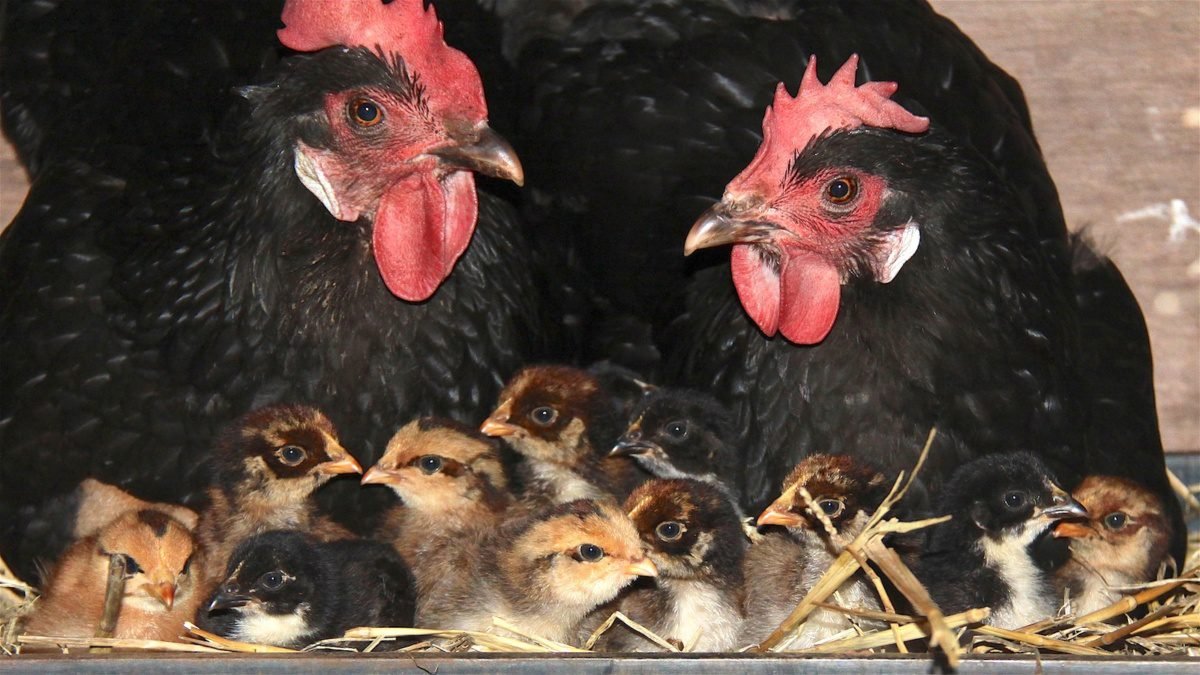Housing Your Chickens
Chickens are great self-sufficient backyard pets. As long as they have a dry, clean, draught-free hen house to sleep in, a secure yard to roam and fresh water available they should be happy living in your backyard.
Due to a hen’s preference to roost at night it is recommended that the hen-house be fitted with perches. Nesting boxes lined with a suitable material such as straw should be provided so that eggs can be kept clean and dry.
Keep the hen house clean – to stop rodents and parasites from being attracted to your coop, it needs to be cleaned out thoroughly once a week. Replace straw in nest boxes regularly. Wipe down perches.
Chickens need to dust bath, it gets rid of lice and other bugs naturally. If you don’t have a dusty patch in your yard, try a childs plastic sandpit shell filled with fine dirt and sand.
Let your chickens out of their coop to scratch and dust bath. Afternoons are best as they will often lay in the mornings. It also makes it easier to get them to return to their roost in the coop upon dusk.
Chickens don’t like being chased. The best time to handle a chicken is once its roosted for the night. If you need to catch one during the day, approach slowly and often she will crouch down in anticipation. Gently pick her up using both hands, keeping the wings firmly held.
Chickens need safe place to retreat to if they’re feeling stressed. We make little cubby houses in the aviaries using hay bales, to provide a cool, dark place to recover in if need be. More often than not they will make this ‘home’ when raising their chicks.
Important Needs for your Chickens:
- Protection from the elements and a comfortable environment are important for overall health and egg production.
- Coops need to be kept dry. Place in a shady spot during the hot summer days, keep away from damp areas during winter.
- Food storage – Chicken food and egg grit should be stored in vermin-proof containers. Galvanised rubbish bins or small wheelie type bins are fine.
Broody Chickens
We believe nature knows best, so we wait until our wonderful clucky mothers tell us its time to go broody. This is usually from September onwards, meaning that pullets will be available around December. Believe us when we say its worth the wait, our girls make the best backyard buddies.

